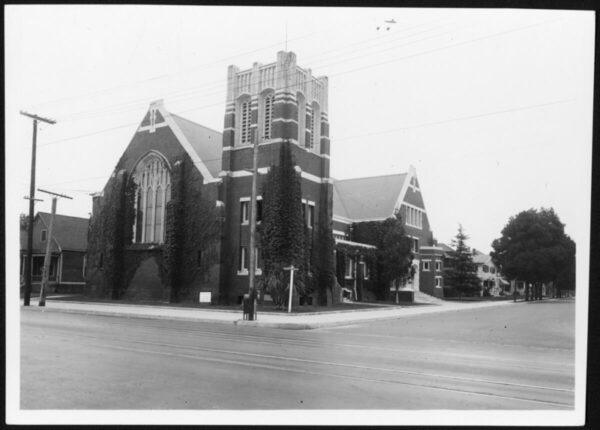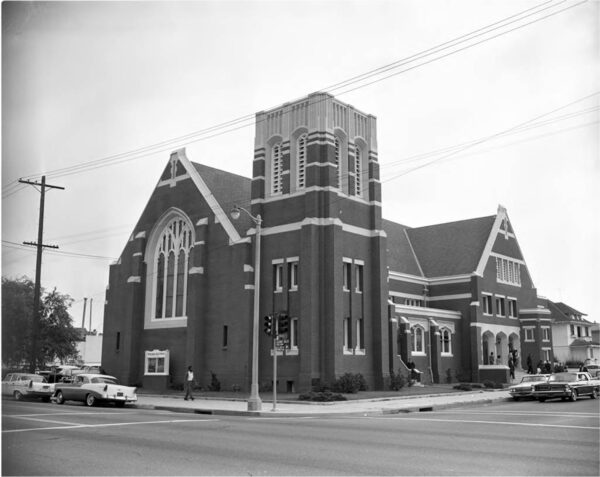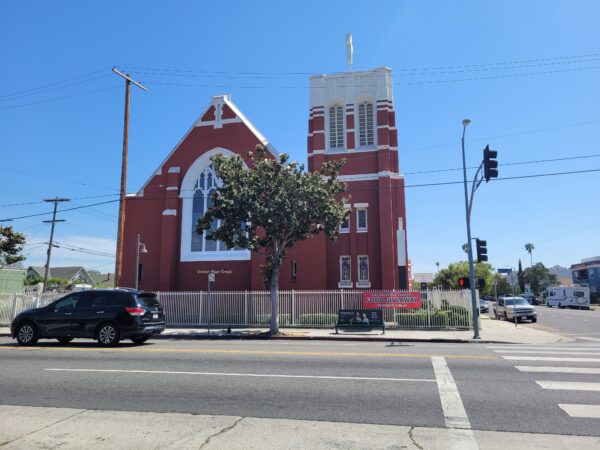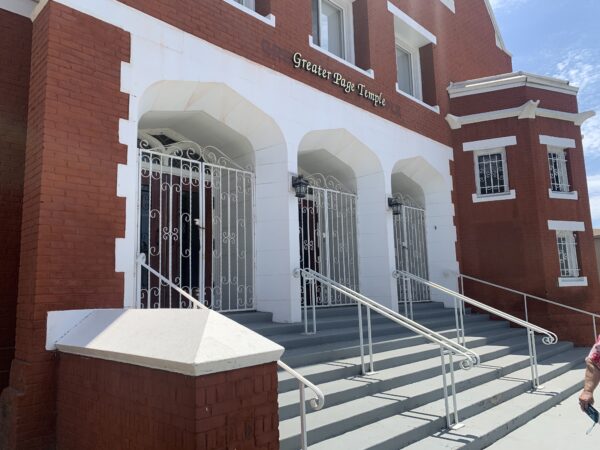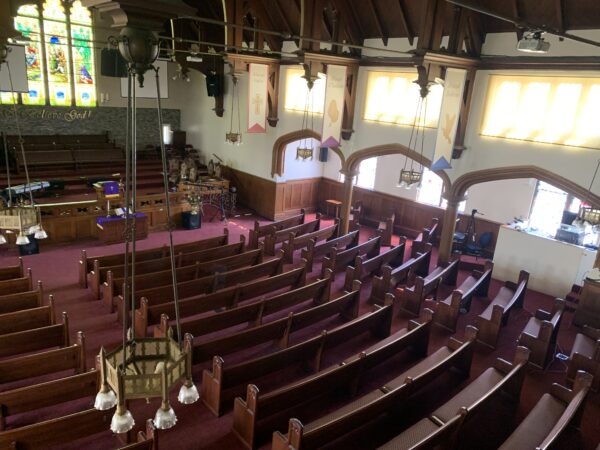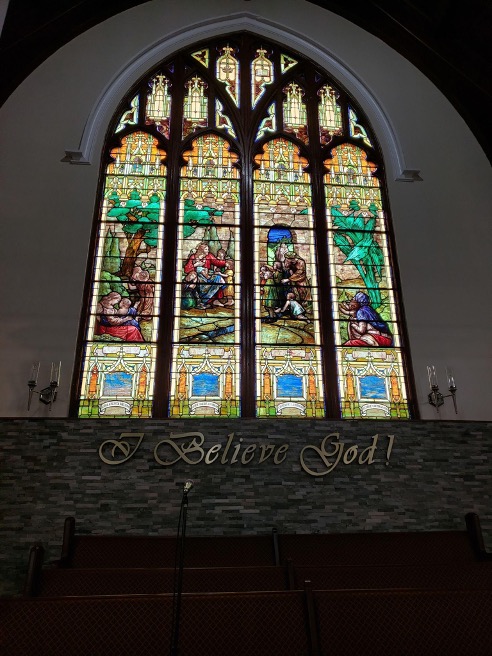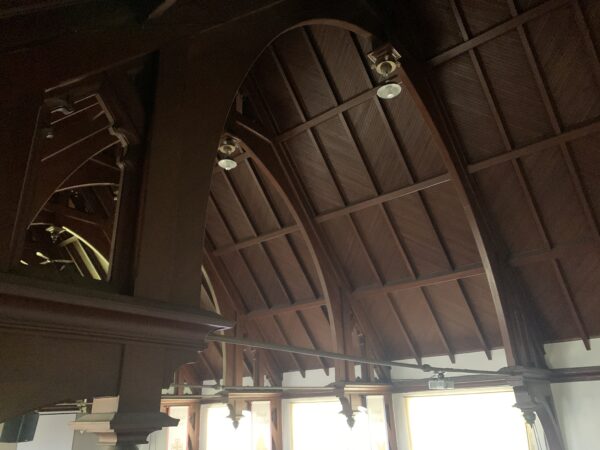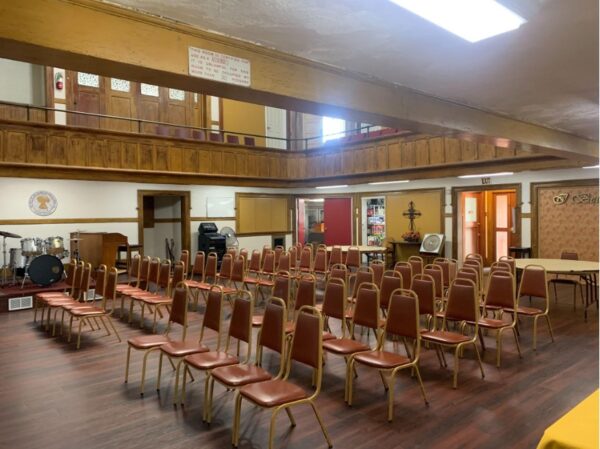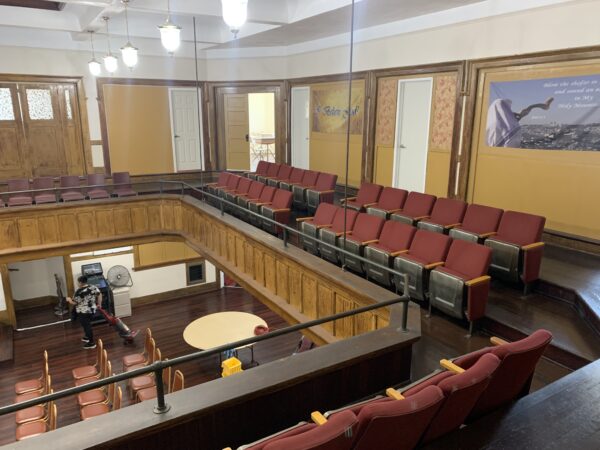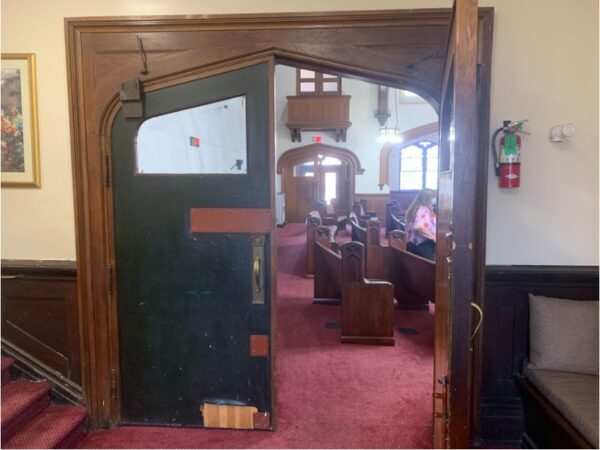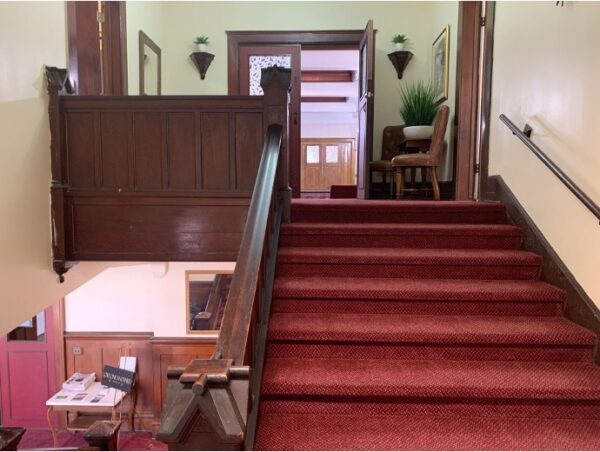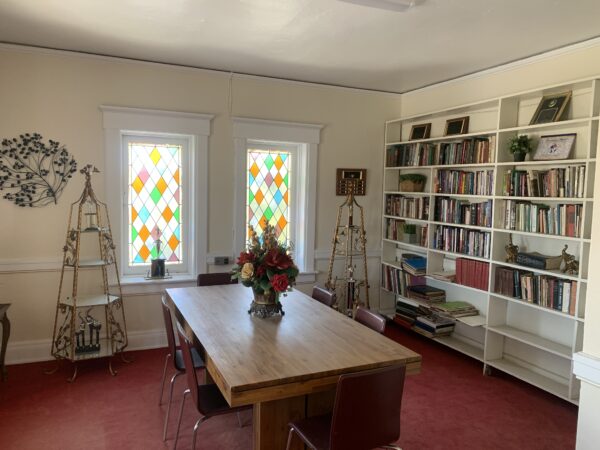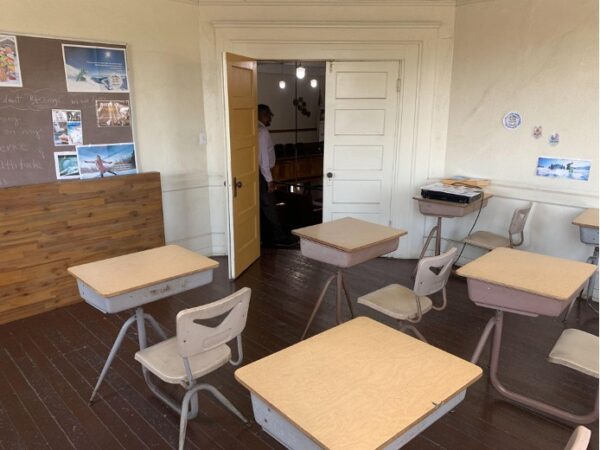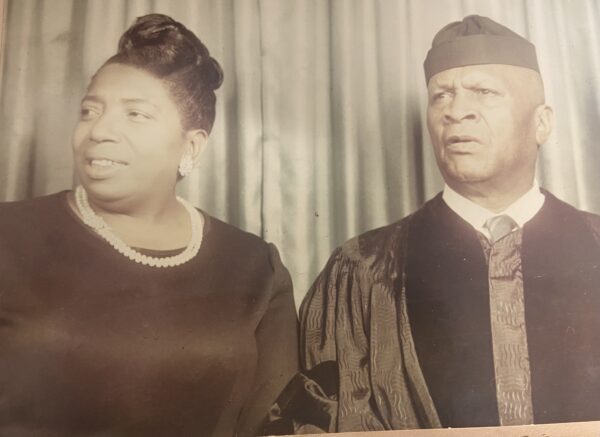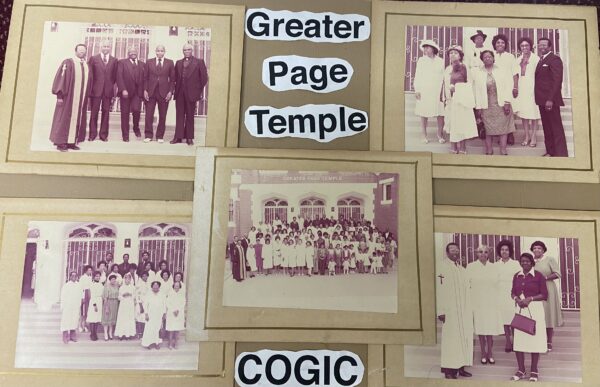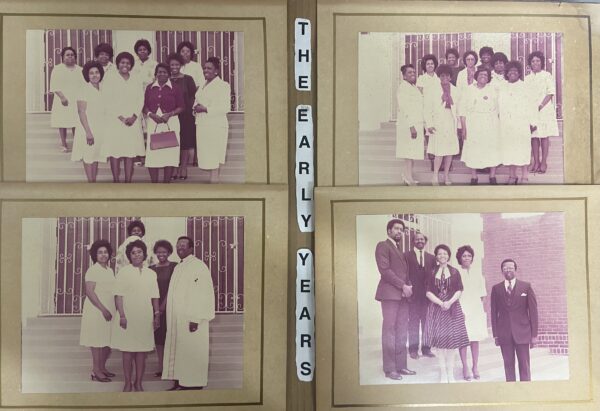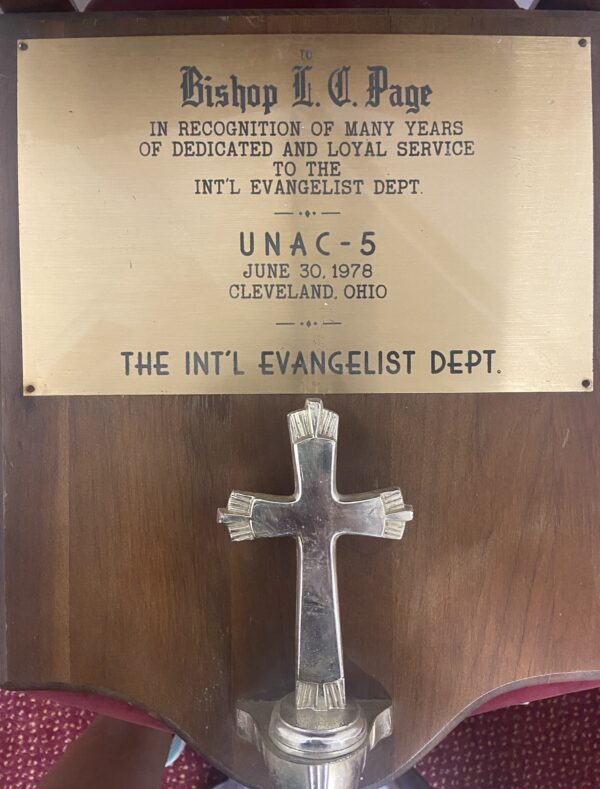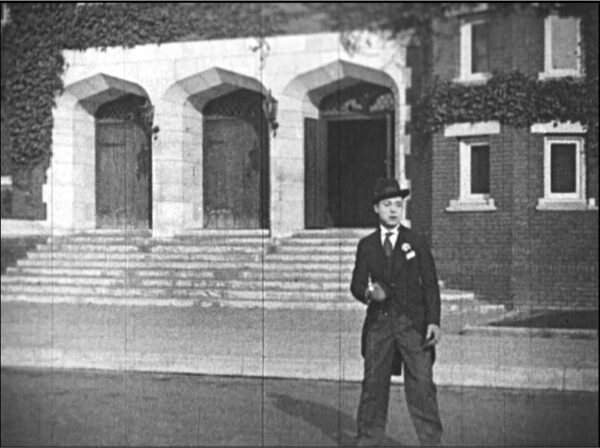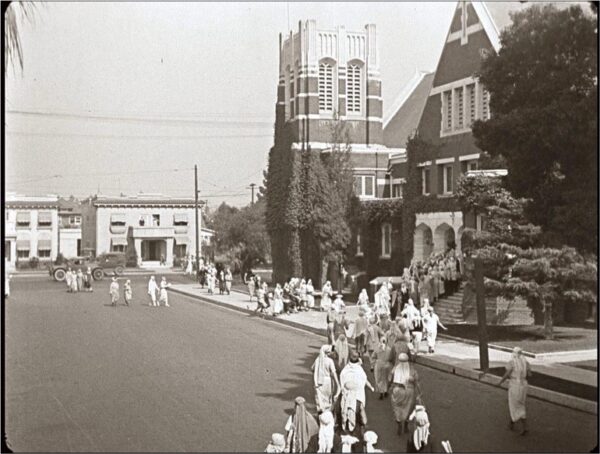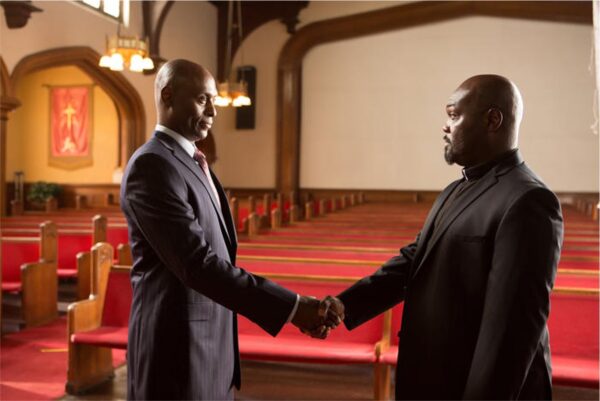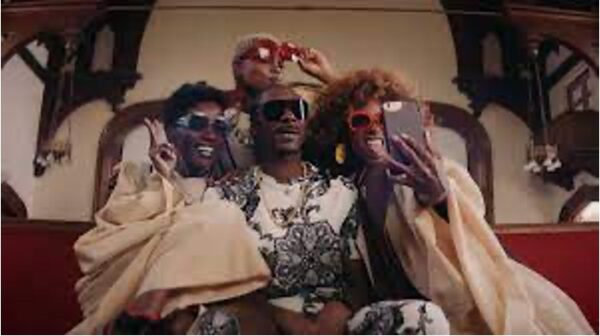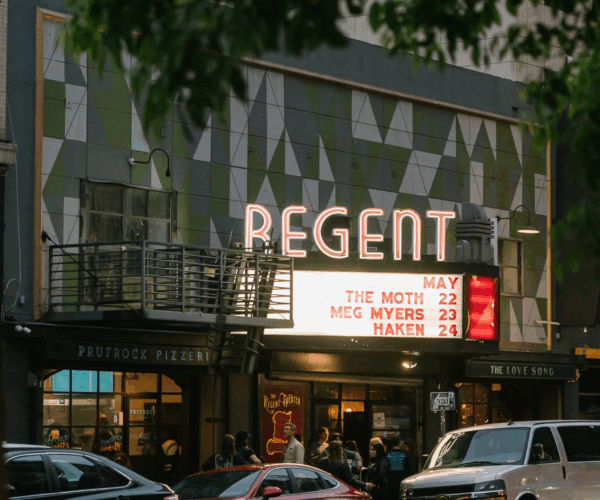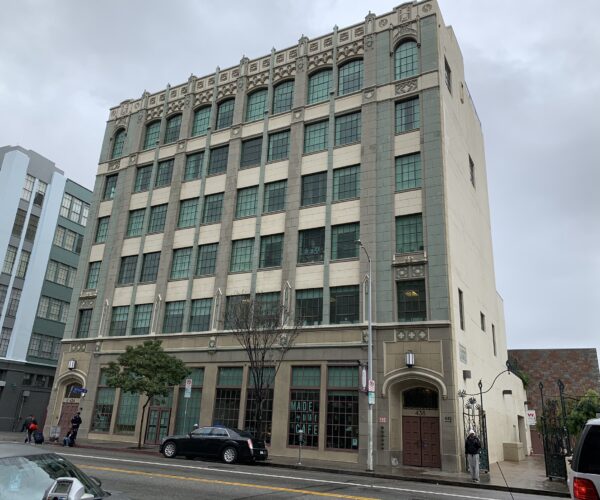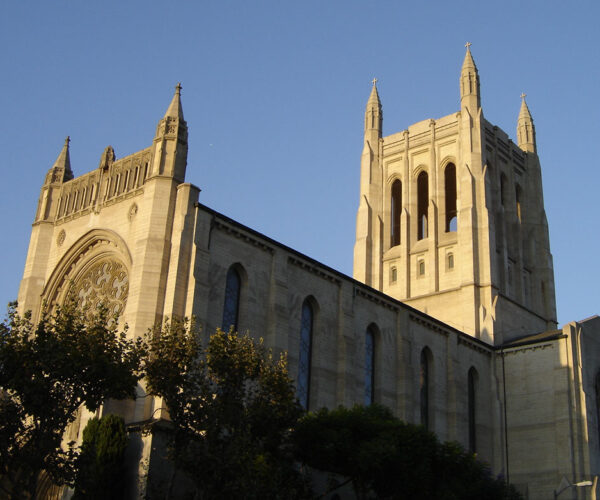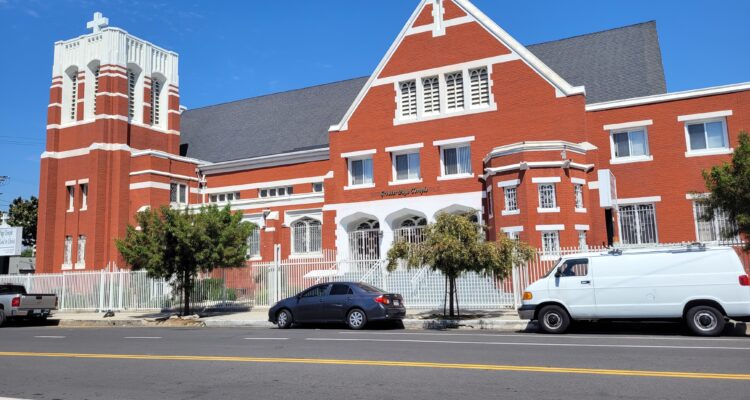
Place
Greater Page Temple Church of God in Christ
This church is significant for its associations with the spiritual, social and cultural development of African Americans in Los Angeles; its namesake, Bishop L.C. Page; and its architecture.
Saved
This Late Gothic Revival style church in South L.A. was designated a Historic-Cultural Monument on October 22, 2025.
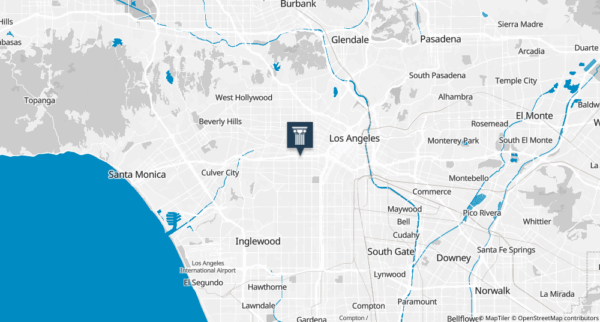
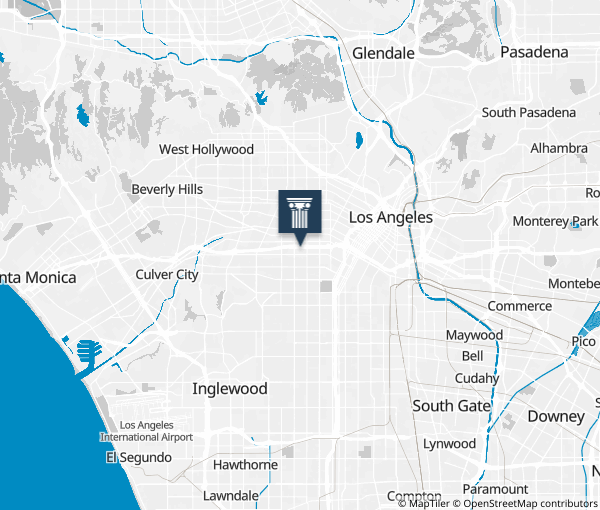
Place Details
Address
Neighborhood
Designation
Property Type
Government Officials
Attributes
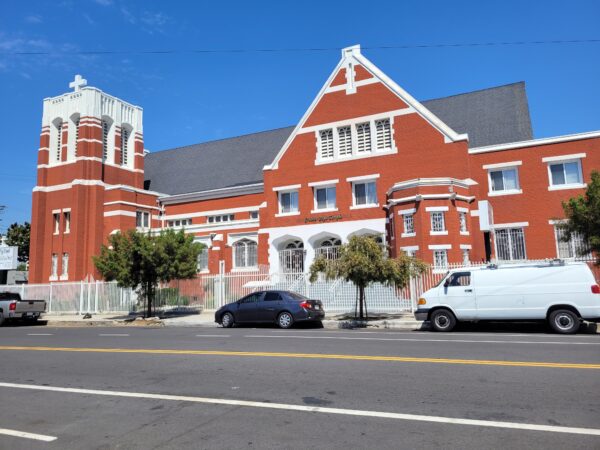
Greater Page Temple Church of God in Christ. Photo by Andrea Mauk. | Photo by Andrea Mauk
Overview
Update: On October 22, 2025 the Los Angeles City Council approved the Historic-Cultural Monument designation of Greater Page Temple Church of God in Christ. The application was submitted by the Los Angeles Conservancy and Greater Page Temple Church of God in Christ and sought to recognize the many layers of the church’s historic significance. Thank you to all who have supported this nomination!
Completed in 1913 for the West Adams Methodist Episcopal Church, this building has been in continuous use as a house of worship and in service of the community. Beginning in 1952 with Mt. Sinai Missionary Baptist and followed by Greater Page Temple Church of God in Christ in 1964, these congregations and its leaders have centered the spiritual, social and cultural development of African Americans in Los Angeles.
This church also derives significance from its association with Bishop L.C. Page, who played a significant role in the development and growth of the Church of God in Christ at the local, state and national level as the longest serving national leader of the denomination’s Department of Evangelism.
About This Place
About This Place
In 1906, the West Adams Methodist Episcopal congregation commissioned the architecture firm of Austin and Brown to begin plans for a new church at 2610 South La Salle Avenue. The construction was put on hold for several years while the congregation raised funds. Completed in 1913 by Austin and Pennell, the Los Angeles Times described the Late Gothic Revival church as “one of the most attractive churches of its size yet erected in Los Angeles.”
In the early 20th century, the Methodist Episcopal Church was a powerful religious, social and political presence in Los Angeles, with prominent civic and business leaders such as Luther G. Reynolds, Superintendent of the Methodist Hospital, and Charles Irwin Douglas Moore with Pacific Mutual Life Insurance, serving on the board of directors of the neighborhood’s church.
With deed restrictions deemed unconstitutional after 1948, the population of the area continued to diversify with increasing numbers of African Americans and Latinx residents in the 1950s and subsequent decades. In 1952, the original West Adams Methodist congregation, which is believed to have served a primarily white congregation during its time, sold their building to the Mt. Sinai Missionary Baptists, a Black congregation. Although the exact reasons for selling the property remain unknown, given the merger of the West Adams Methodists with another congregation the same year the building was sold, it is likely the West Adams Methodists were in their final life cycle. In contrast, Mt. Sinai Baptist had purchased the subject building to accommodate their rapidly growing congregation.
Beginning in 1952 when Mt. Sinai Missionary Baptist Church occupied the building to the end of founder Bishop L.C. Page’s tenure at Greater Page Temple Church of God in Christ in 1980, this church has been an important place of worship, education and cultural growth for African Americans in Los Angeles.
When Reverend H.B. Charles and his congregation arrived in 1952, Mt. Sinai’s pastor was already known as a dynamo in the pulpit and served as the second vice president of Baptist Ministers’ Union, the largest body of ministers west of the Mississippi River. During his tenure at the subject building, Reverend Charles’ leadership on religious and community matters continued to grow.
In the 1950s and 1960s, the church hosted important events that uplifted and sought to address the needs of African Americans in Los Angeles. This included the City’s Negro History Week programs (a precursor to Black History Month), growing the NAACP Los Angeles Chapter, voter registration, and bringing leaders together from various sectors to discuss and find solutions to community problems. On February 28, 1960, Dr. Martin Luther King Jr. visited Los Angeles and made three stops at local churches, one of which was organized at Mt. Sinai. Sponsored by the Baptist Ministers Union and the Interdenominational Ministers Alliance, King’s speech was titled “Going Forward by Going Backward,” which called for U.S. leaders to save the soul of America by returning to the principles of brotherhood and freedom. Such activities and events led to important political gains for African Americans in Los Angeles and represent the various ways Black churches and their leaders played an integral role in the Civil Rights Movement.
Bishop L.C. Page
Bishop Lucius Conklin “L.C.” Page, a foundational leader of the Church of God in Christ, purchased the church property in 1964. Like Mt. Sinai who had occupied the building previously, the incoming congregation was also in need of a larger place to worship. This Church of God in Christ congregation would thereafter be known as Greater Page Temple Church of God in Christ, ushering in a new chapter of African American religious history in Los Angeles.
Now the largest Pentecostal group in the county and the second largest of all Black Christian denominations in the U.S., the Church of God in Christ was founded in Memphis, Tennessee in 1907 by then Baptist preacher Charles Harrison Mason, following a visit to Azusa Street Revival in Los Angeles. On the visit, Mason was said to have been filled with the spirit and reportedly spoke in tongues.
The Church of God in Christ began its ministry in Los Angeles in 1914, led by Overseer Eddie Robert Driver and his wife Mother Annie Driver. Los Angeles would become the headquarters of the Church of God in Christ’s Southern California First Jurisdiction, also referred to as the “Jerusalem” of the Pentecostal Movement. From the 1930s to 1970s, the Church of God in Christ’s First Jurisdiction experienced tremendous growth.
Bishop Page, the longtime pastor of Greater Page Temple Church of God in Christ, was among the First Jurisdiction’s foundational leaders. A key driver in the Church of God in Christ’s national and international evangelism mission and agenda, he brought growing numbers of people from across the city, country and world to Pentecostalism. In addition to his weekly Sunday radio programs, a variety of public events and programs held at the church were intended to grow the Church of God in Christ’s ministry in Los Angeles.
Bishop Page had many accomplishments during his tenure as the head of the Department of Evangelism, which include but are not limited to establishing new communication and organizational tools such as The Evangelist Speaks, a monthly national Church of God in Christ publication in 1950, the first “regional” system in the department, the Evangelist Identification card, and the National Evangelist License. In the early 1970s, when the Church of God in Christ’s Board of Evangelism became an official Department of Evangelism according to the church’s constitution, Bishop Page was appointed its first National President. He is noted as the longest serving department leader in the Church of God in Christ. A trusted counselor to other African American clergy and lay leaders in Los Angeles, irrespective of religious denomination, Bishop Page passed away on October 29, 1980.
Late Gothic Revival Architecture
The subject property is an excellent example of Late Gothic Revival architectural style applied to an ecclesiastical building. It features many Gothic Revival elements such as tapered buttresses, a steep cross-gable roof, a tower, and pointed arches. Additional Gothic ornaments include two contrasting tones of masonry and stained glass windows. Gothic Revival elements are found throughout the interior, which includes a large tracery window in the main sanctuary, a vaulted ceiling, and arched doorways. The interior is finished in oak, adding to the rich feeling of a Gothic Revival church building. Though some alterations have been made over the years to accommodate multiple congregations’ needs, the subject building remains largely intact and retains sufficient integrity to convey its significance.
Our Position
For over 70 years, this church has centered the spiritual, social and cultural development of African Americans in Los Angeles. During this time, the church’s leaders and congregants have uplifted and conserved important African American religious and social history through individual and collective actions, traditions and stewardship.
In 2011, Greater Page Temple Church of God in Christ was identified as an eligible historic resource in the Normandie 5 Redevelopment Area Historic Resources Survey. To recognize, document and celebrate the rich and layered history of this church property, the Conservancy and Greater Page Temple Church of God in Christ submitted a Historic-Cultural Monument application in 2025.
On July 27, 2025 we learned that the Office of Historic Resources would be recommending the designation of the church, though not under Criterion 2 – for its association with the church’s founder and longtime pastor, Bishop L.C. Page. We disagreed with this staff finding and maintained the building’s eligibility at the August 7th hearing of the Cultural Heritage Commission. The Commission voted to recommend HCM designation for Greater Page Temple under all criteria, ensuring that the many layers of the church’s historic significance are recognized through this designation.
How You Can Help
Update: The City Council approved the Historic-Cultural Monument designation of Greater Page Temple Church of God in Christ on October 22, 2025. Thank you for your support!
